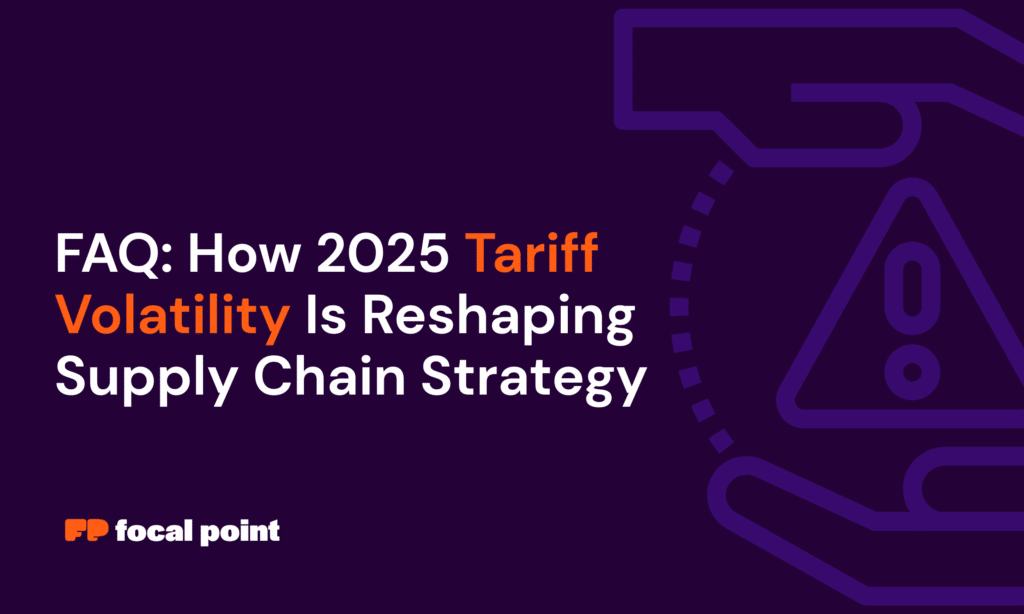1. Why is tariff uncertainty accelerating in 2025?
Since April, fluctuating U.S. and global tariff policies have upended traditional trade models. Companies are being forced to rethink how they source, store, and price products – often with only days to respond.
2. What’s causing companies to abandon drop-shipping models?
Rising tariff risk is pushing brands to hold inventory domestically instead of relying on overseas fulfillment. Startups like PopCapacity report surging demand as global brands move operations closer to U.S. customers.
3. How are procurement leaders adapting to this volatility?
Procurement teams are adopting AI platforms like Focal Point to model different tariff scenarios and recommend alternative sourcing strategies in real time. Static tools no longer meet the speed of market change.
4. What sectors are feeling the most impact right now?
Manufacturing, automotive, and consumer electronics face the greatest exposure due to complex, global supply chains. Focal Point has seen significant traction in these sectors as volatility increases.
5. How are consumer brands adjusting their pricing strategies?
Companies like Skunk Skin are building in financial buffers and raising prices to offset landed cost volatility. Tariff shifts are also influencing supplier behavior, with some U.S. vendors hiking prices in parallel.
For more insights from Anders Lillevik, CEO of Focal Point, and other industry experts, please read the full article on Hypepotamus: Tariff Turmoil Fuels Southeast Startup Opportunities For Supply Chain, Logistics, and Warehouse Startups.



